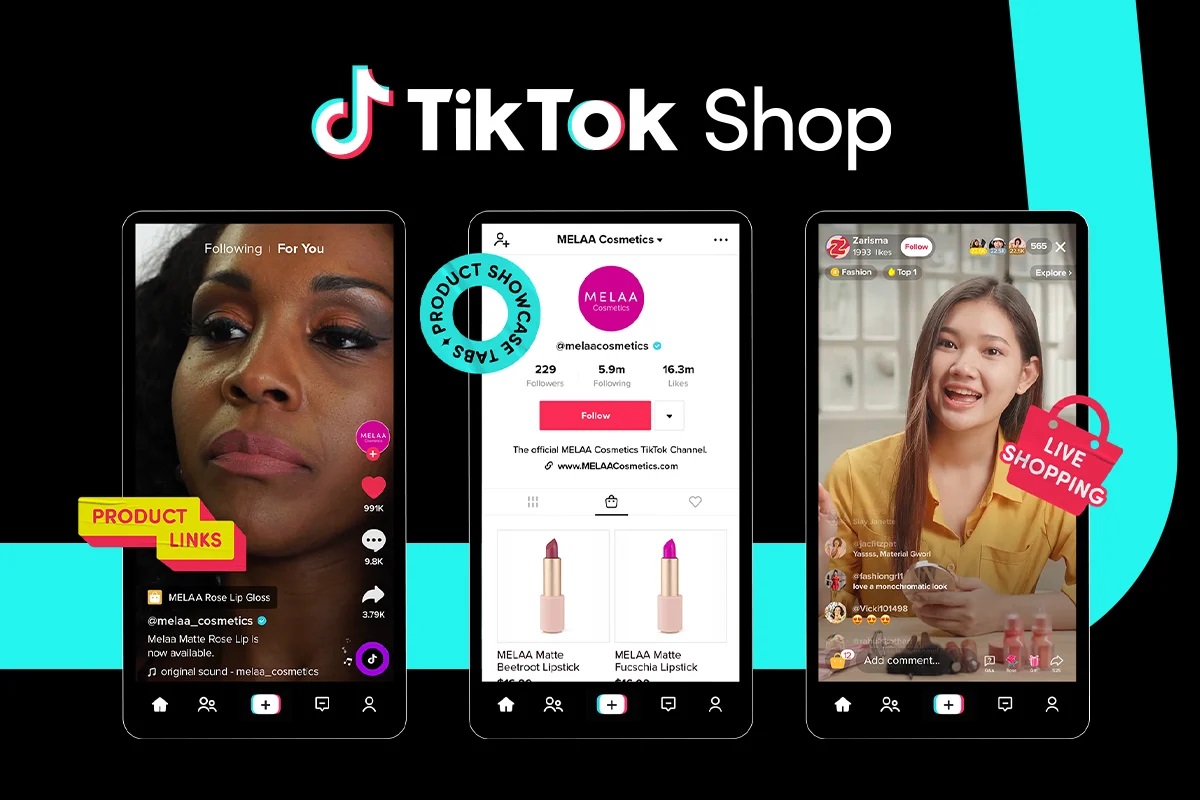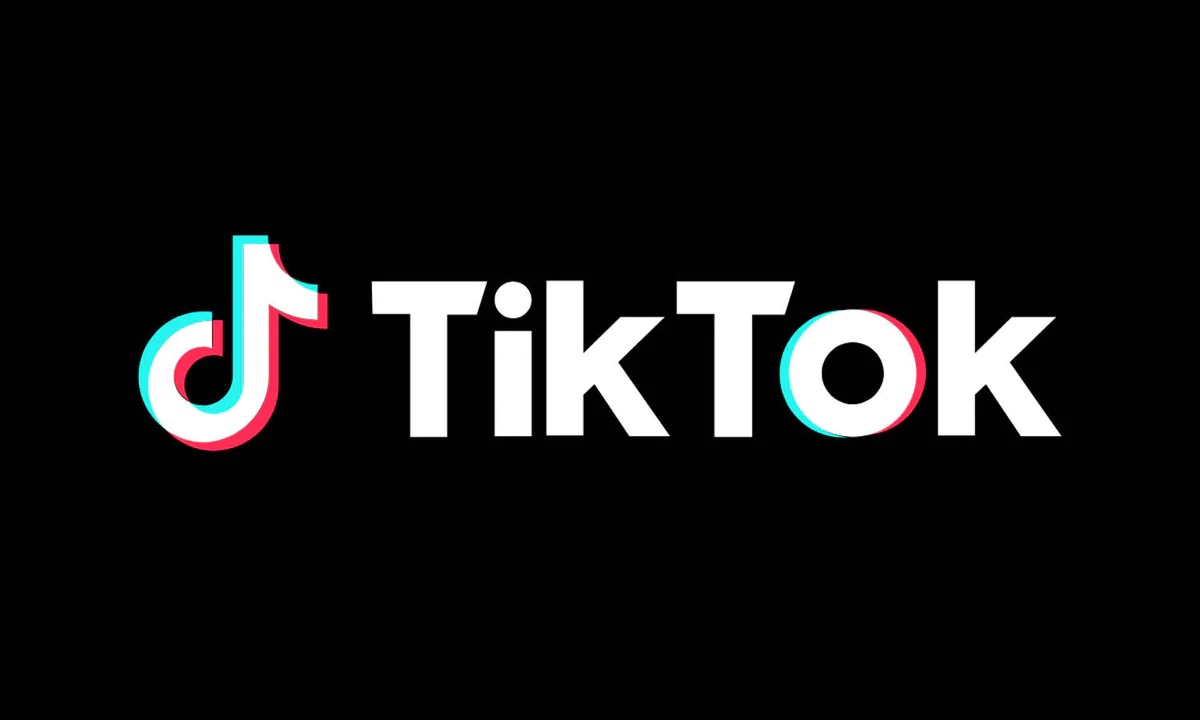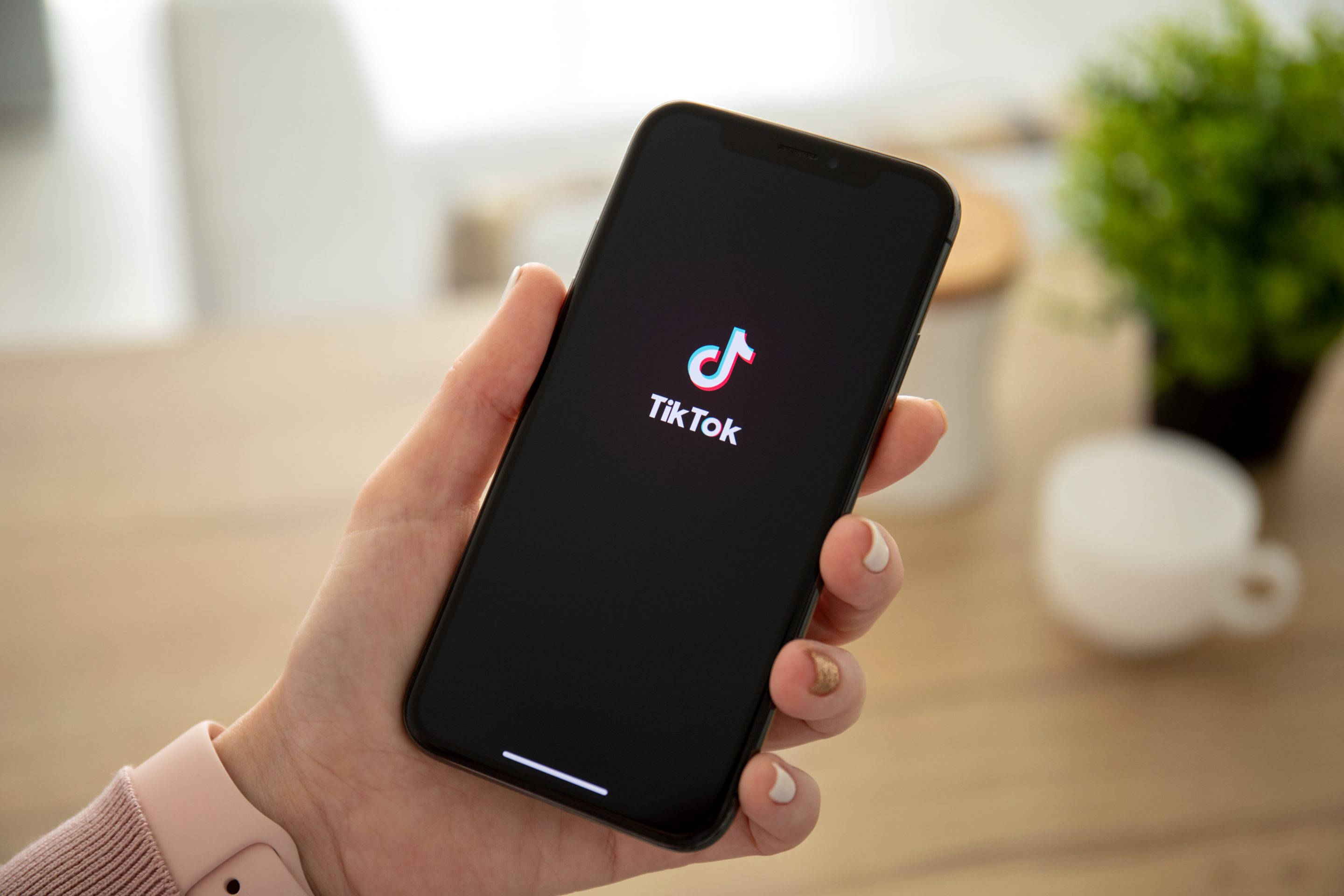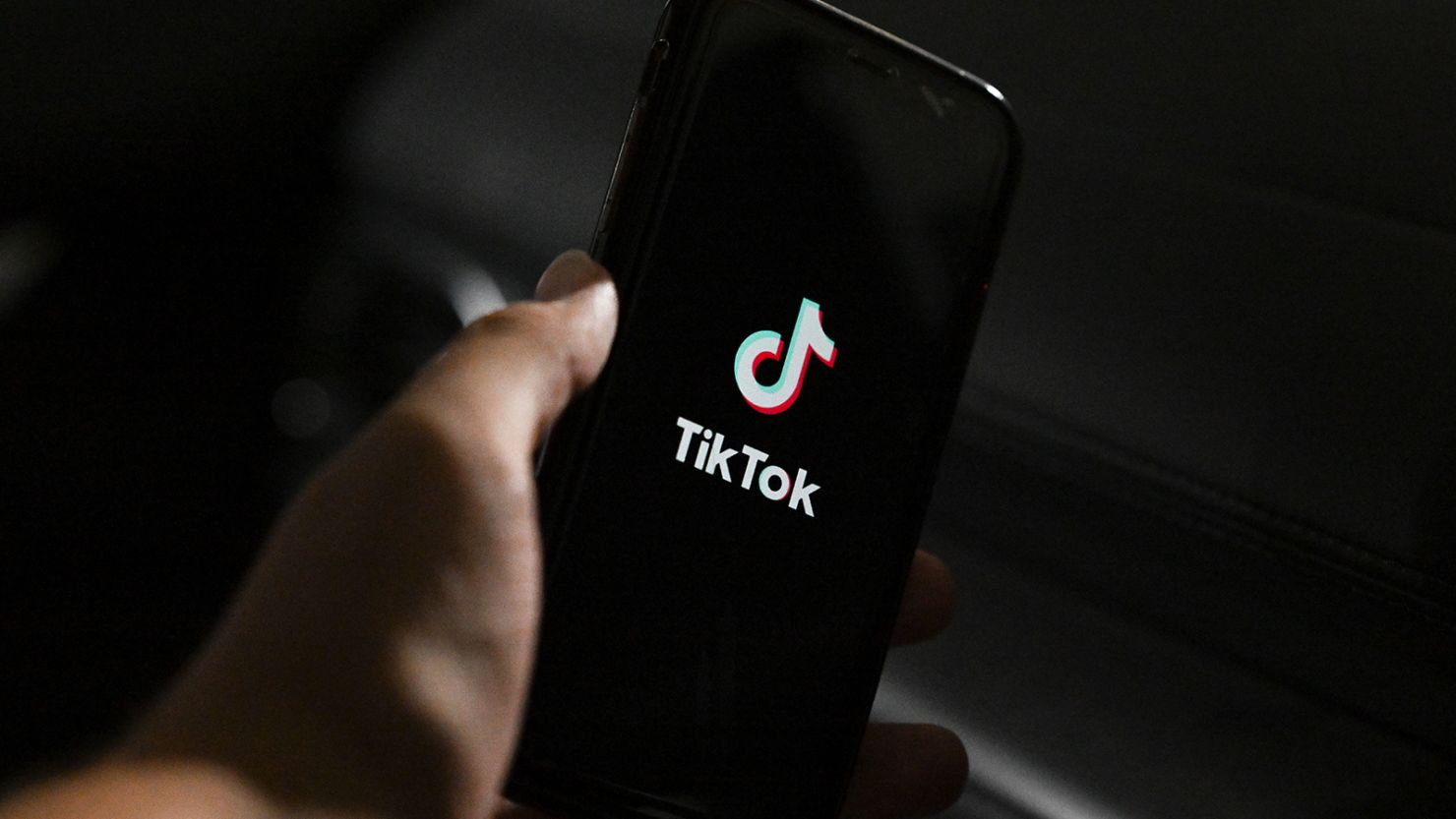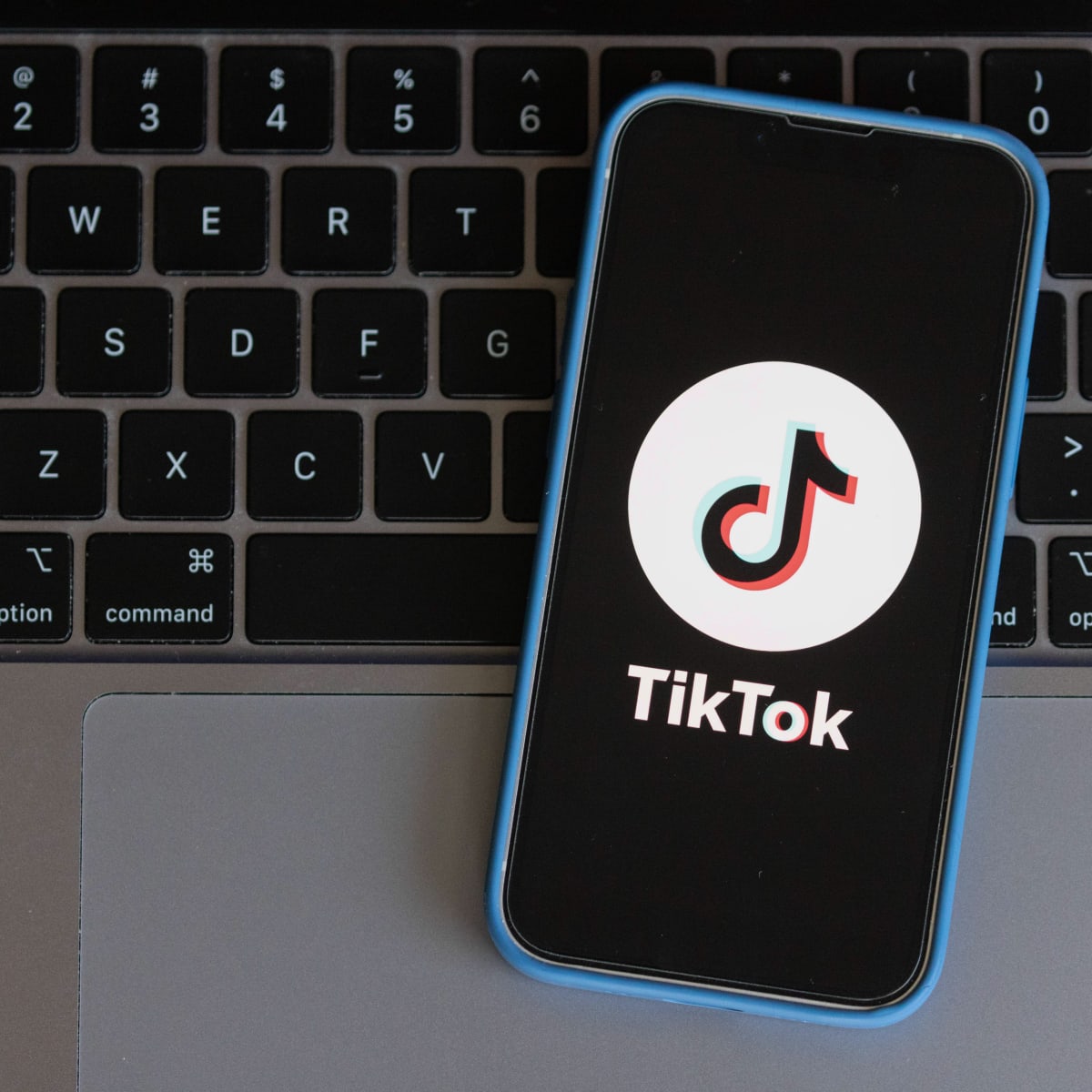TikTok may have been the world’s top app by downloads and consumer spending in 2023, but it was not the top by actual usage. Last year, Facebook again maintained its No. 1 position by monthly active users, followed by other Meta-owned apps WhatsApp, Instagram, and Messenger — all of which were ahead of TikTok at No. 5. Now, new data indicates that TikTok’s growth has started to slow, begging the question if the app’s move into e-commerce via TikTok Shop is to blame.
Key Takeaway
TikTok’s growth has started to slow, and user frustration with TikTok Shop may be contributing to this trend. The impact of TikTok Shop on user behavior and the app’s future growth remains to be seen.
TikTok’s Growth Deceleration
According to new data from market intelligence firm Sensor Tower, while TikTok’s growth remains positive, that growth is decelerating. In 2022, TikTok’s monthly active users grew an average of 12% year-over-year per quarter, but this figure fell to 3% year-over-year per quarter in 2023.
The Impact of TikTok Shop
The change comes on the heels of TikTok’s launch of TikTok Shop in the U.S. The video app began testing Shop in the U.S. in November 2022 and those tests expanded at the beginning of last year as more brands came on board, including PacSun, Revolve, Willow Boutique, and beauty brand KimChi Chic, among others. While the Shop didn’t “officially” launch in the U.S. until September 2023, it was only one of several efforts to translate the influence of TikTok videos — essentially the whole “TikTok made me buy it” meme — into real-world sales.
User Frustration and Complaints
Sellers’ embrace of the shopping platform has started to lead to complaints, with some lamenting that TikTok Shop was turning the app into an “ad-filled wasteland” and a “dystopian” space. Elsewhere on the web, Redditors have been debating whether TikTok Shop has “ruined” the app, which is now filled with “people dropshipping/selling cheap products.” Users are expressing frustration with the increasing number of ads and videos promoting products from the Shop feature.
Impact on User Behavior
While TikTok users are adapting to their favorite social network turning into an online mall, TikTok’s Shop Seller app, which powers its e-commerce initiative, has grown. However, the app has only a fraction of TikTok’s active user base — currently 1.4 billion as of the first quarter of this year. Shop Seller, meanwhile, has just around 6 million monthly active users, the firm reported.
Impact on Competitors
Instagram could ultimately benefit from the user frustration around TikTok Shop, given that the Meta-owned app removed its own Shop tab in January of last year, and killed off live shopping in March. This could potentially make it more palpable for those wanting to avoid more direct calls to action to shop in-app.
Industry Trends and User Behavior
Meta’s move was triggered by broader industry trends, which seem to not bode well for TikTok Shop’s future. Live shopping had blossomed during the pandemic, and e-commerce sales skyrocketed. But when things returned to normal, social commerce (including live shopping) was found to have made up only around 5% of total e-commerce sales in the U.S. as of 2022. That seemed to indicate that U.S. consumers may not have been as primed to shop directly from videos, though they are obviously still influenced by online trends.
Conclusion
While users express frustration with TikTok Shop, it has not yet led to a significant negative impact on Instagram Reels. Data from various sources suggests that TikTok’s growth has started to slow, and its downloads have been stagnant or dropping more than growing. The impact of TikTok Shop on user behavior and the app’s future growth remains to be seen.







